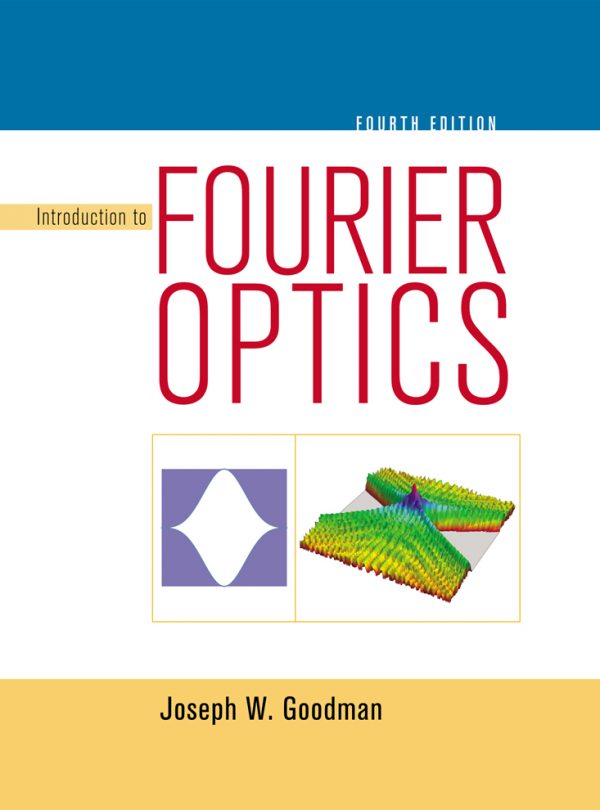Kevin P. Menard0849386888, 9780849386886
Table of contents :
Dynamic Mechanical Analysis: A Practical Introduction……Page 0
About the Author……Page 3
Table of Contents……Page 4
Preface……Page 7
Author’s Preface……Page 8
Acknowledgments……Page 10
Dedication……Page 12
1.1 A Brief History of DMA……Page 13
1.2 Basic Principles……Page 14
1.3 Sample Applications……Page 17
1.4 Creep–Recovery Testing……Page 23
1.5 Odds and Ends……Page 25
Notes……Page 27
2.1 Force, Stress, and Deformation……Page 29
2.2 Applying the Stress……Page 30
2.3 Hooke’s Law Defining the Elastic Response……Page 33
2.4 Liquid-Like Flow or the Viscous Limit……Page 36
2.5 Another Look at the Stress–Strain Curves……Page 39
Appendix 2.1 Conversion Factors……Page 47
Notes……Page 49
3.1 Creep–Recovery Testing……Page 51
3.2 Models to Describe Creep–Recovery Behavior……Page 54
3.3 Analyzing a Creep–Recovery Curve to Fit the Four-Element Model……Page 57
3.4 Analyzing a Creep Experiment for Practical Use……Page 59
3.5 Other Variations on Creep Tests……Page 60
3.7 Superposition — The Boltzmann Principle……Page 63
3.9 Structure–Property Relationships in Creep–Recovery Tests……Page 65
3.10 Thermomechanical Analysis……Page 66
Notes……Page 71
4.1 Applying a Dynamic Stress to a Sample……Page 73
4.2 Calculating Various Dynamic Properties……Page 76
4.3.1 Forced Resonance Analyzers……Page 78
4.3.2 Stress and Strain Control……Page 79
4.3.3 Axial and Torsional Deformation……Page 80
4.3.4 Free Resonance Analyzers……Page 81
4.4 Fixtures or Testing Geometries……Page 84
4.4.1.1 Three-Point and Four-Point Bending……Page 85
4.4.1.3 Parallel Plate and Variants……Page 87
4.4.2.1 Parallel Plates……Page 90
4.4.2.4 Torsional Beam and Braid……Page 92
4.5 Calibration Issues……Page 94
4.6 Dynamic Experiments……Page 96
Appendix 4.1 Calibration and Verification of an Instrument……Page 97
Notes……Page 101
5.2 Transitions in Polymers: Overview……Page 102
5.3 Sub-Tg Transitions……Page 106
5.4 The Glass Transition (Tg or Ta)……Page 111
5.5 The Rubbery Plateau, Ta* and Tll……Page 113
5.6 The Terminal Region……Page 120
5.7 Frequency Dependencies in Transition Studies……Page 123
5.8 Practice Problems and Applications……Page 125
5.9 Time-Based Studies……Page 129
Notes……Page 132
6.1 Thermosetting Materials: A Review……Page 135
6.2 Study of Curing Behavior in the DMA: Cure Profiles……Page 138
6.3 Photo-Curing……Page 145
6.5 Isothermal Curing Studies……Page 147
6.6 Kinetics by DMA……Page 150
6.7 Mapping Thermoset Behavior: The Gillham–Enns Diagram……Page 154
6.8 QC Approaches to Thermoset Characterization……Page 155
6.9 Post-Cure Studies……Page 156
Notes……Page 158
7.1 Methods of Performing a Frequency Scan……Page 160
7.2 Frequency Affects on Materials……Page 162
7.3 The Deborah Number……Page 171
7.4 Frequency Effects on Solid Polymers……Page 173
7.5 Frequency Effects during Curing Studies……Page 174
7.6 Frequency Studies on Polymer Melts……Page 176
7.7 Normal Forces and Elasticity……Page 177
7.8 Master Curves and Time–Temperature Superposition……Page 179
7.9 Transformations of Data……Page 184
7.10 Molecular Weight and Molecular Weight Distributions……Page 185
7.11 Conclusions……Page 189
Notes……Page 191
8.2 Performance Tests: To Model or to Copy……Page 193
8.3 Choosing a Type of Test……Page 197
8.5 Choosing the Fixture……Page 198
8.7 Checking the Response to Frequency……Page 199
8.8 Checking the Response to Time……Page 200
8.10 Putting It Together……Page 201
8.11 Verifying the Results……Page 202
Static Stress–Strain Scans……Page 203
Curing Studies……Page 204
Notes……Page 205







Reviews
There are no reviews yet.